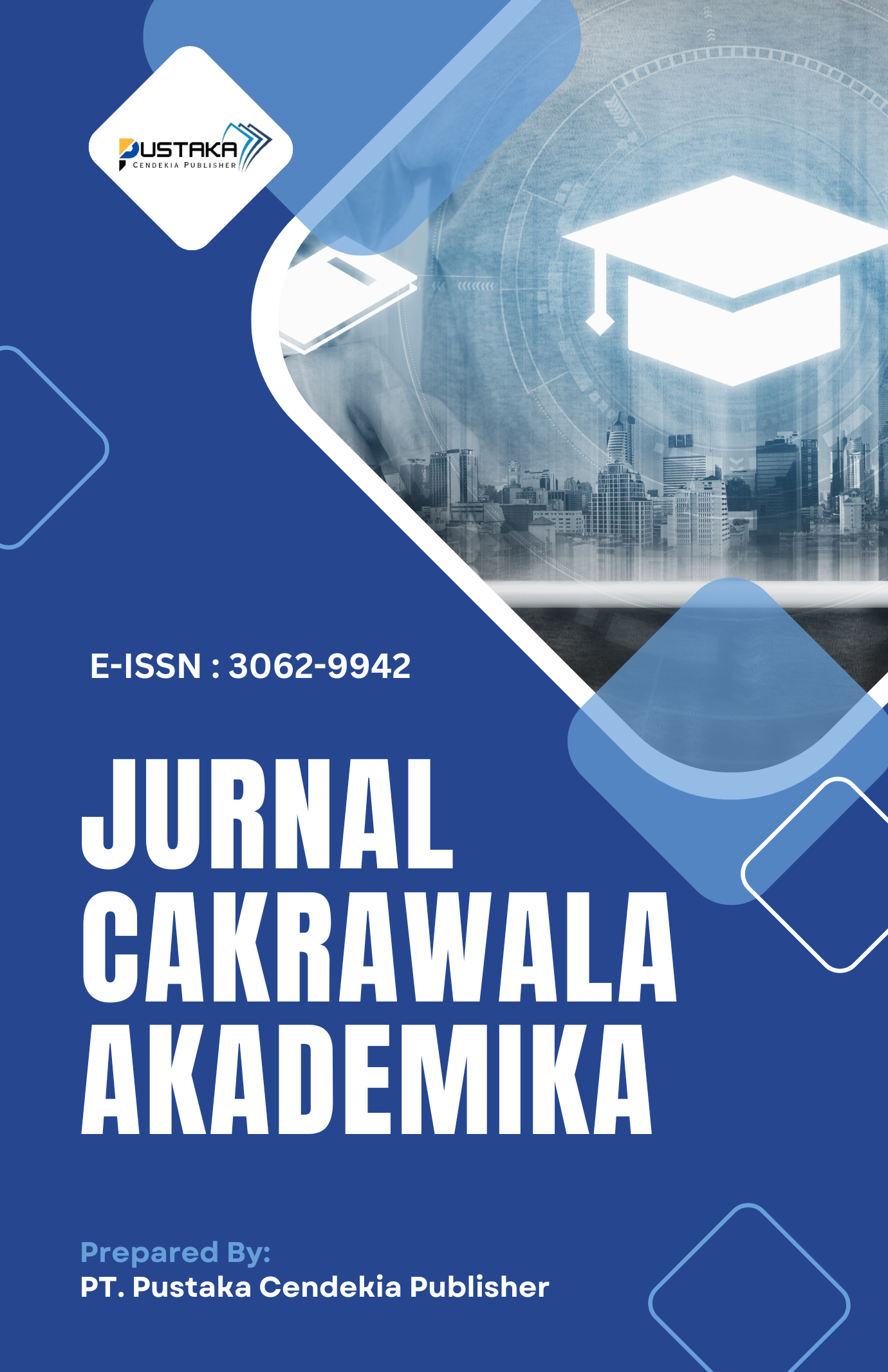Integrasi Large Language Models dalam Evaluasi dan Optimalisasi Arsitektur Perangkat Lunak: Studi Kasus Berbasis ISO/IEC/IEEE 42010
DOI:
https://doi.org/10.70182/jca.v2i1.649Keywords:
Architecture Evaluation ISO/IEC/IEEE 42010, Gemini, GPT, Large Language Models, Software ArchitectureAbstract
Software architecture is essential for developing maintainable and scalable systems. However, issues such as limited documentation and design complexity often hinder effective architectural assessment. The purpose of this study is to study the role of large language models (LLMs) in analyzing software architecture documentation based on the ISO/IEC/IEEE 42010 standard; this study uses literature study methods and automated evaluation experiments on multi-layer systems, where the GPT model serves as an evaluator and Gemini serves as a validator. The results show that LLMs can find architectural conformance to standards, find potential issues, and provide optimization suggestions based on best practices. Despite the fact that manual validation is required to ensure the accuracy of LLM evaluation, the integration of LLMs offers significant opportunities to accelerate the process of data-driven architectural analysis.
Downloads
References
Ahmed, T., Sillito, J., & Godfrey, M. W. (2023). From code to architecture: Assessing the capability of LLMs to understand software structure. Empirical Software Engineering, 28(4), 84. https://doi.org/10.1007/s10664-023-10352-5
Aditya, P., Chatterjee, A., & Roy, D. (2023). Leveraging large language models for automated requirements analysis and architectural traceability. Journal of Systems and Software, 202, 111569. https://doi.org/10.1016/j.jss.2023.111569
Bavota, G., Russo, B., & Oliveto, R. (2023). LLMs in software maintenance and evolution: Capabilities, limitations, and future directions. ACM Transactions on Software Engineering and Methodology (TOSEM), 32(2), Article 35. https://doi.org/10.1145/3612376
De Moura, A., & Garcia, A. (2024). Towards explainable LLM-based evaluation of software architecture: A framework and empirical study. Journal of Software: Evolution and Process, 36(3), e2493. https://doi.org/10.1002/smr.2493
Esposito, M., Li, X., Moreschini, S., Ahmad, N., Cerny, T., Vaidhyanathan, K., Lenarduzzi, V., & Taibi, D. (2025). Generative AI for software architecture: Applications, trends, challenges, and future directions. (Journal information not yet available)
Galanis, D., & Spinellis, D. (2024). Architectural decision support using foundation models: A survey and framework. IEEE Transactions on Software Engineering. Advance online publication. https://doi.org/10.1109/TSE.2024.3389154
ISO. (2015). Systems and software engineering—Architecture description (ISO/IEC/IEEE 42010:2015). iTeh Standard Preview. https://standards.iteh.ai
ISO/IEC/IEEE. (2011). Systems and software engineering—Architecture description (ISO/IEC/IEEE 42010:2011). International Organization for Standardization.
Kampelopoulos, D., Tsanousa, A., Vrochidis, S., & Kompatsiaris, I. (2025). A review of LLMs and their applications in the architecture, engineering and construction industry. Artificial Intelligence Review, 58(8). https://doi.org/10.1007/s10462-025-11241-7
Kim, J., Lee, D., & Park, S. (2025). A hybrid framework combining ISO 42010 and LLMs for continuous software architecture assessment. IEEE Software. Advance online publication. https://doi.org/10.1109/MS.2025.1234567
Muhammad, R., Asror, I., & Sardi, I. L. (2017). Desain dan analisis arsitektur microservices pada sistem informasi akademik perguruan tinggi dengan pendekatan Architecture Tradeoff Analysis Method (ATAM) (Studi kasus: iGracias Universitas Telkom). E-Proceeding of Engineering, 4(2). https://openlibrary.telkomuniversity.ac.id
Santos, D., & Oliveira, R. (2025). Enhancing software architecture reviews with AI-based co-pilots: Opportunities and challenges. Software: Practice and Experience. https://doi.org/10.1002/spe.3210
Schmid, L., Hey, T., Armbruster, M., Corallo, S., Fuchß, D., Keim, J., Liu, H., & Koziolek, A. (2025). Software architecture meets LLMs: A systematic literature review. (Journal/conference not yet available)
Wang, S., Chen, T., & Li, W. (2024). Automatic architectural conformance checking using generative AI: A case study. Information and Software Technology, 162, 107194. https://doi.org/10.1016/j.infsof.2024.107194
Yuan, M., Zhao, L., & Zheng, Y. (2023). Large language models as architectural co-designers: A mixed-methods evaluation. Empirical Software Engineering, 28, Article 127. https://doi.org/10.1007/s10664-023-10439-z
Zhao, H., Liu, Y., & Wang, X. (2024). Exploring the role of large language models in software engineering tasks: A case study on architectural design. Journal of Systems and Software, 205, 111612. https://doi.org/10.1016/j.jss.2023.111612
Downloads
Published
Issue
Section
License
Copyright (c) 2025 Yosi Briyan Saputro, Moch. Darul Gusti Alief , Muhammad Ainul Yaqin (Author)

This work is licensed under a Creative Commons Attribution-ShareAlike 4.0 International License.














